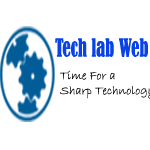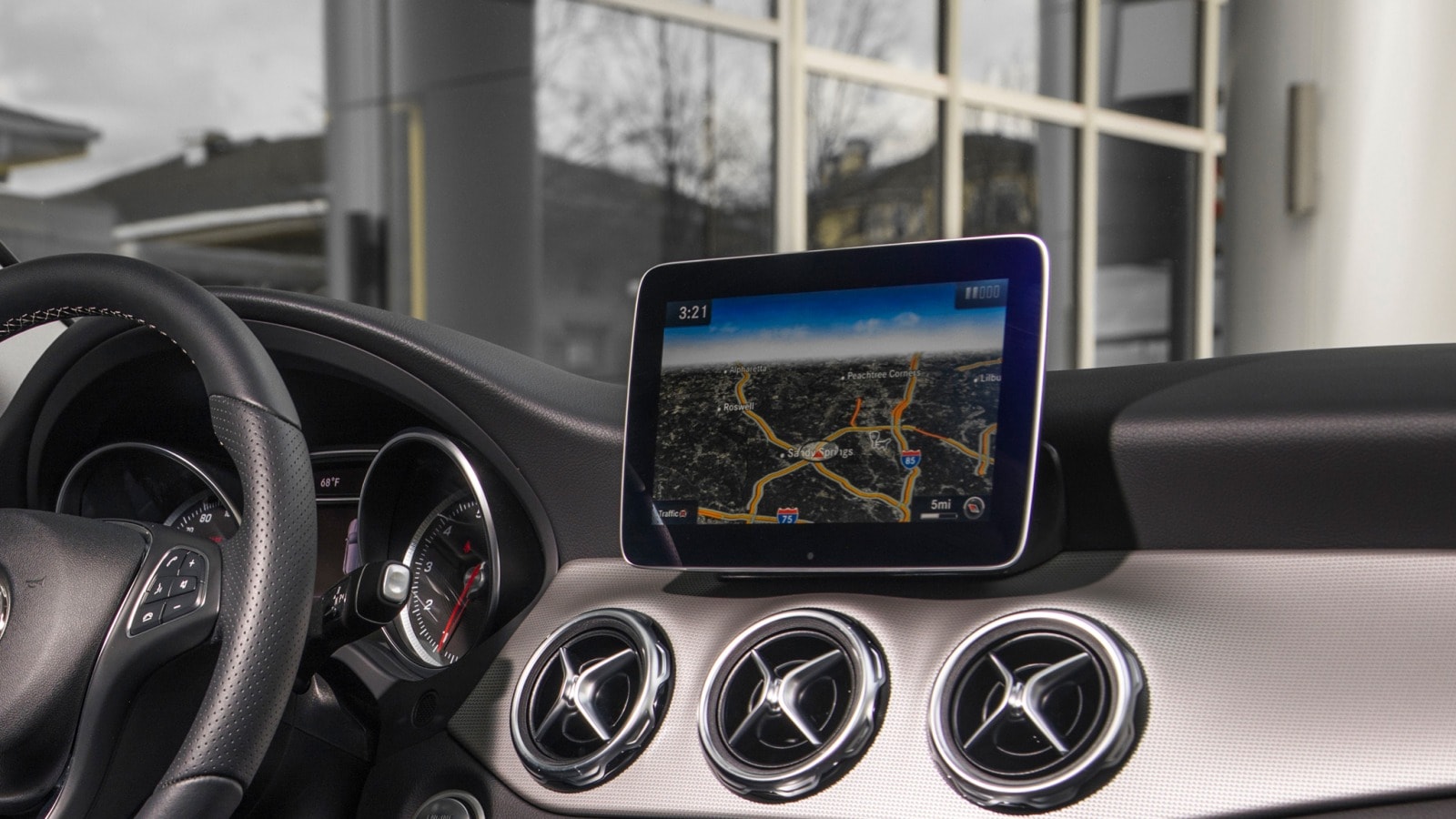In today’s evolving work environment, the business casual dress code has become the norm in many offices. However, defining what “business casual” truly means can be a challenge. Striking the right balance between professionalism and comfort is crucial, and this guide aims to help men navigate this sartorial terrain with confidence.
Table of Contents
Understanding the Business Casual Dress Code
The term “business casual” can vary depending on the industry, company culture, and even geographical location. Generally, business casual is a step down from formal business wear but still maintains a polished and professional appearance. It allows for more personal expression through clothing while ensuring that one’s attire remains appropriate for a work setting.
Key Elements of Business Casual Attire
When constructing a business casual wardrobe, focus on versatility, quality, and fit. Each piece should be able to mix and match with others to create a cohesive look that can easily transition from the office to after-work events.
Shirts: The Foundation of Business Casual
Shirts are the cornerstone of a business casual outfit. Button-down shirts are a staple, offering both formality and flexibility. Opt for solid colors like white, light blue, or pale pink, as these can be paired with a variety of trousers and jackets. Subtle patterns, such as checks or stripes, can also be appropriate but should be used sparingly to maintain a professional look.
For a more relaxed approach, polo shirts can be acceptable in some settings, particularly during warmer months. However, ensure that the polo is of high quality, with a collar that retains its shape and a fit that is neither too tight nor too loose.
Trousers: The Balance Between Comfort and Style
Choosing the right trousers is essential to achieving a business casual look. Chinos are a popular choice, offering a balance between formal trousers and casual jeans. Stick to neutral colors like navy, khaki, or gray for maximum versatility. Wool trousers can also be a great option, providing a more polished appearance while still fitting within the business casual framework.
Avoid jeans unless explicitly allowed by your workplace. If jeans are acceptable, opt for dark, well-fitted denim with no rips or excessive fading. This maintains a level of professionalism while offering comfort.
Footwear: Stepping Up Your Business Casual Game
Footwear can make or break a business casual outfit. Leather shoes are a must, with oxfords, brogues, or loafers being ideal choices. These styles are sophisticated yet versatile, complementing a range of outfits from more formal to relaxed.
For a more laid-back look, desert boots or leather sneakers can be appropriate in some settings. However, these should always be clean and in good condition to avoid looking too casual. Avoid open-toed shoes or overly casual footwear such as flip-flops or athletic sneakers.
Outerwear: Adding Layers with Purpose
Layering is a key aspect of business casual attire, especially in colder climates. Blazers and sports jackets are excellent choices, adding a touch of formality without the rigidity of a full suit. Opt for jackets in neutral colors like navy or gray, which can be paired with various shirts and trousers.
In less formal settings, a cardigan or v-neck sweater can be worn over a shirt, providing warmth while still looking professional. Avoid bulky or overly casual outerwear, such as hoodies or puffer jackets, as these can detract from the polished appearance.
Accessories: The Finishing Touches
Accessories are where personal style can really shine in a business casual outfit. A classic watch is both functional and stylish, adding a touch of sophistication. Belts should match your shoes in color and material, ensuring a cohesive look.
Ties are not always necessary in a business casual setting, but they can be worn to elevate an outfit, especially for important meetings or presentations. If wearing a tie, opt for subtle patterns or solid colors that complement your shirt and jacket.
Grooming: A Key Component of Business Casual
Even the best outfit can be undermined by poor grooming. Ensure that hair is neatly styled and facial hair is well-maintained. A clean, polished appearance is essential in any professional setting, and attention to grooming details can significantly impact how your business casual attire is perceived.
Business Casual by Industry: Tailoring Your Look
The interpretation of business casual can vary significantly depending on the industry. Here’s a brief overview of how to tailor your business casual attire to fit different work environments:
Corporate Offices
In traditional corporate settings, business casual leans more towards the formal side. Dress shirts, wool trousers, and leather shoes are staples, with a blazer often necessary for meetings. While ties are optional, they are a good idea for days when you need to make a strong impression.
Creative Industries
Creative fields like advertising, design, or media often allow for more relaxed business casual attire. Patterned shirts, chinos, and even well-fitted jeans can be acceptable, with more room for personal expression through color and accessories. However, it’s important to maintain a sense of professionalism, avoiding overly trendy or casual items https://wikipediablog.com/.
Tech Industry
The tech industry is known for its relaxed dress codes. Here, business casual can sometimes border on casual, with polos, jeans, and clean sneakers being the norm. Despite the relaxed atmosphere, it’s crucial to ensure that clothing is clean, well-fitted, and appropriate for the office environment.
Navigating Business Casual for Different Occasions
Business casual attire can vary not only by industry but also by occasion. Here are a few tips for adapting your business casual wardrobe to different scenarios:
Casual Fridays
Casual Fridays are common in many offices, offering a chance to dress down slightly. This could mean swapping out a dress shirt for a polo or wearing dark denim instead of chinos. However, always ensure that your outfit remains polished and professional.
Client Meetings
When meeting clients, it’s wise to err on the side of formality. Opt for a blazer and leather shoes, even if your usual office attire is more relaxed. A well-chosen outfit can convey confidence and respect, setting the tone for a successful meeting.
After-Work Events
After-work events can be tricky to navigate, as the setting is often more relaxed but still professional. A blazer over a smart-casual shirt can transition well from day to night, while leather shoes ensure that your look remains polished.
Building a Business Casual Wardrobe: Investment Pieces
Investing in quality pieces is key to building a business casual wardrobe that lasts. Focus on timeless, versatile items that can be mixed and matched to create a variety of outfits. Tailoring is also important; even the most expensive clothing can look unprofessional if it doesn’t fit well.
Conclusion: Embracing Business Casual with Confidence
Mastering business casual attire is all about balance—combining professionalism with personal style, comfort with elegance. By understanding the key elements of business casual and tailoring your wardrobe to your industry and occasions, you can navigate this dress code with ease. With the right clothing, grooming, and accessories, you’ll not only meet but exceed expectations in the modern workplace.





_3-6.jpg)




